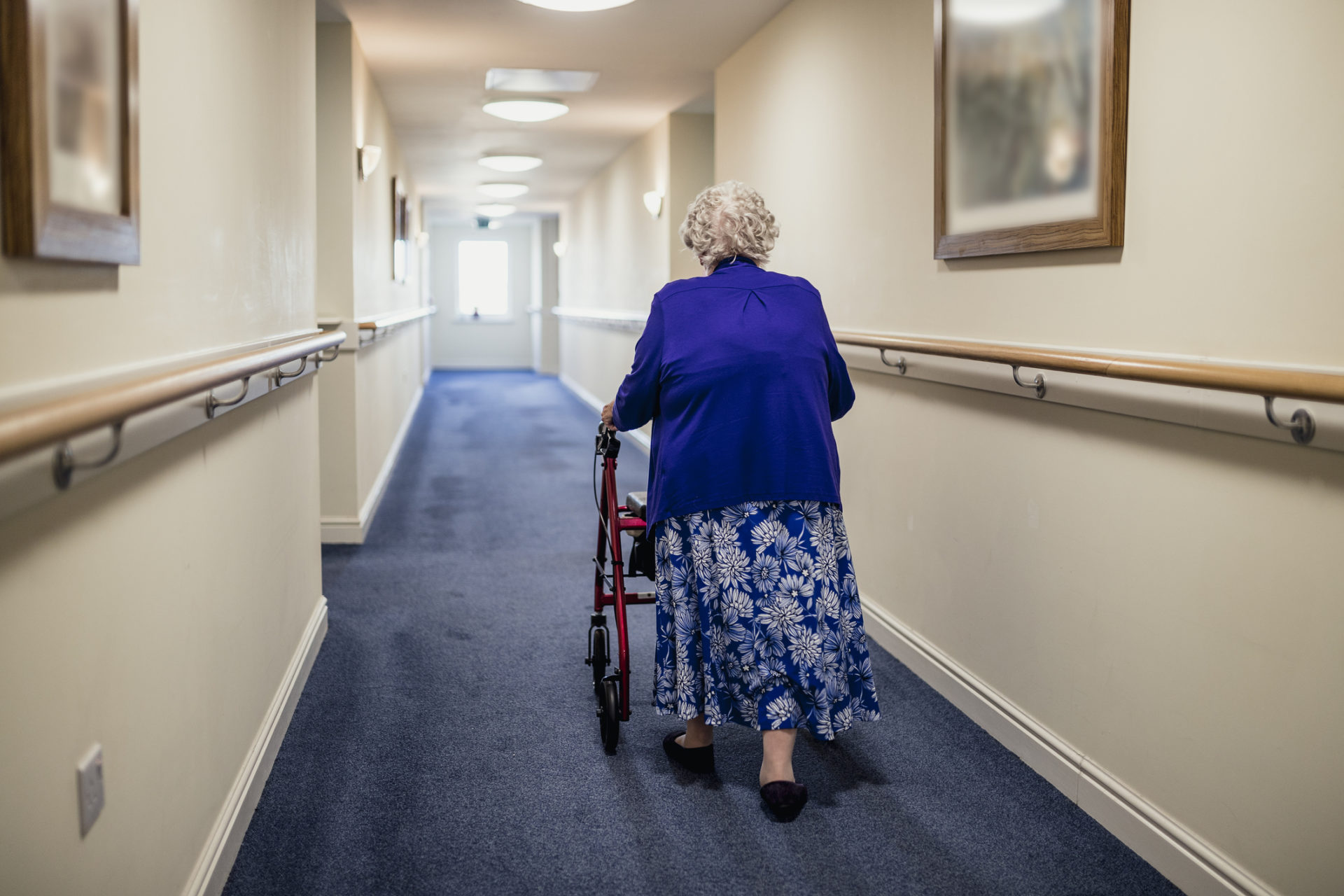
With improvements in science and healthcare, as well as cuts in government funding, care homes are struggling to keep up with the demand for the specialist care needed to support everyone requiring it.
The government has introduced a number of initiatives designed to reduce the number of people in long-term hospital stays by increasing the number of people cared for at home and in their community. This has a far-reaching impact on the care being delivered, as well as on care homes and the care sector as a whole.
Government Initiatives
With the government aiming to reduce the number of people in hospital beds, this has led to a push for care to be provided at home and in the community.
Transforming care
‘Building the Right Support’, a national action plan, was published in 2015 and set out the government plans to improve health and care services for people with autism and learning disabilities. This launched the government’s Transforming Care agenda where NHS England committed to reduce the numbers of people in hospitals.
The agenda was widely met with support in the care sector due to the insufficient care general hospitals are able to provide to people with autism and learning disabilities. Five years on, however, the transforming care agenda has been subject to far-reaching criticism.
The National Autistic Society, for example, agrees that wherever possible, autistic people should get the support they need in their own community. And where someone is admitted to hospital, it should be delivered by staff who understand autism, in an environment that meets their needs and for as short a time as possible. However, in the years following the introduction of the agenda, despite some progress in overall numbers, figures for the number of autistic people in mental health hospitals has increased.
Charities and organisations are campaigning to improve the current system, with the vast majority focusing on improving the level of care people receive by encouraging the growth of support services at home and in the community.
Better Care Fund and Integrated care systems
The ‘Better Care Fund’ was introduced in 2013 as a pooled fund over £3.8 billion to improve co-ordination of health and social care organisations. This gave more control to local areas to control and plan how they would improve local social care, with the aim of reducing emergency hospital admissions.
From there, the government introduced a range of new initiatives to move the health and care system away from providing episodic treatment for acute illnesses and towards integrated support for older people and people living with long-term conditions. Integrated care systems (ICSs) are the future model for the health and care system, with 10 areas being selected to develop the first ICSs in 2017, and four more in 2018.
What this means for the care sector
The impact of the agenda to increase the number of elderly people and people with long-term conditions receiving care at home is far reaching for the care sector.
More demand for local services
With the government initiatives all pointing towards localised care, there will be an increased demand for local services.
This will put an emphasis on the need for the creation of community hubs and local areas where people can go to get support, education and advice. These hubs will be essential to improve communication between services and carers, families and those who need support. This will not only reduce the number of people requiring long-term care in hospitals and institutions but create a system where better care is being delivered across the board.
Personalisation
Personalisation is essential for delivering effective care. It is vital to create the right environment and deliver the right care for each individual. For example, creating dementia-friendly settings for those with dementia can help prevent confusion and reduce tension. This not only provides a better level of care and allows for more independent living but makes it easier for support staff to deliver high quality care.
The Making Safeguarding Personal initiative is another example of how the sector needs to move away from following prescribed systems and towards more individual-focused processes. This should encourage practitioners to place a stronger emphasis on achieving satisfactory outcomes that take into account the individual choices and outcomes of everyone involved. Ultimately, people should be more involved, and their views, wishes and beliefs should be taken into account when decisions are being made that will affect them.
Independence & Co-operation
The push towards receiving care at home or in a community setting will reduce the number of people in long-term hospital stays and care homes.
Retirement villages are a growing example of how this works in practice. They are becoming an attractive option among the elderly as they tackle loneliness, health and wellbeing and increase independence, while allowing for increased safety and support. With dementia affecting 1 in 6 of us over the age of 85, it is becoming increasingly clear that the role of care homes will be to move towards creating community hubs and providing short-term and supplementary support, as part of a wider co-operative system as opposed to a full-time option it has been.
Silas Campbell is Head of Marketing at Blueleaf, who help care homes transform business goals into sustainable success.
